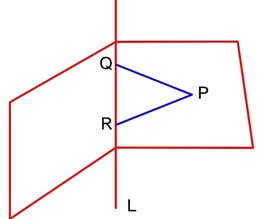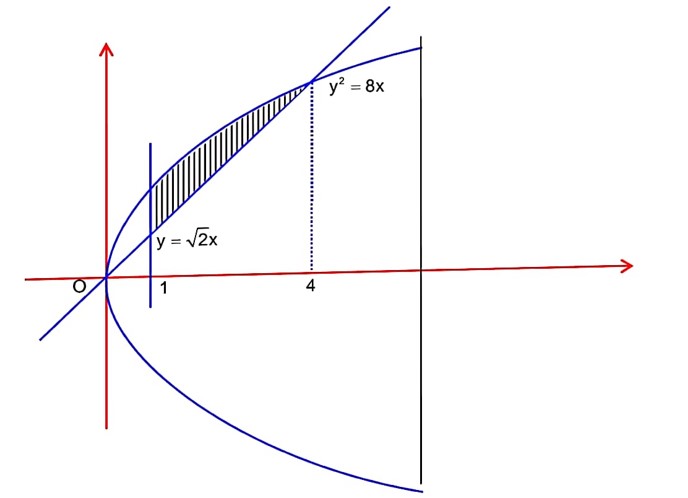Maths
Get insights from 6.5k questions on Maths, answered by students, alumni, and experts. You may also ask and answer any question you like about Maths
Follow Ask QuestionQuestions
Discussions
Active Users
Followers
New answer posted
2 months agoContributor-Level 9
for x
-![]()
x = 0, f (x) = 1
= 0 has only one real root.
New question posted
2 months agoNew answer posted
2 months agoContributor-Level 9
For x < 0 0 < ex < 1 [ex] = 0
= a ex – 1 b + [sin px]
For f to be continuous at x = 0
a – 1 = 0 Þ a = 1
Taking an Exam? Selecting a College?
Get authentic answers from experts, students and alumni that you won't find anywhere else
Sign Up on ShikshaOn Shiksha, get access to
- 65k Colleges
- 1.2k Exams
- 679k Reviews
- 1800k Answers




